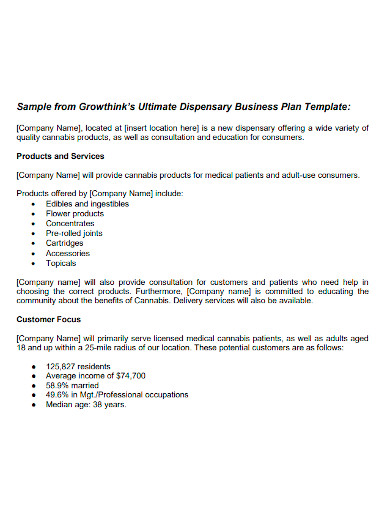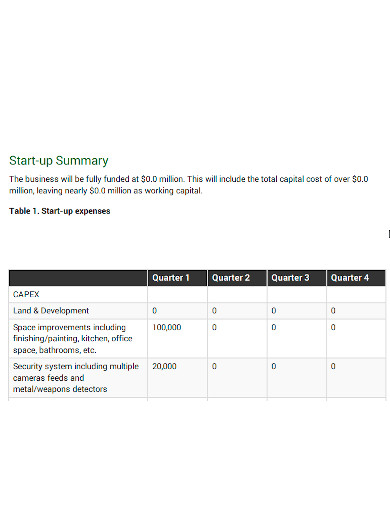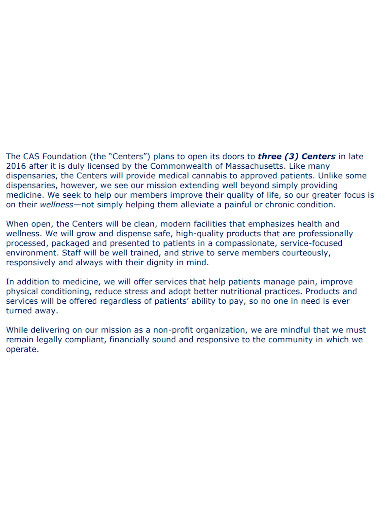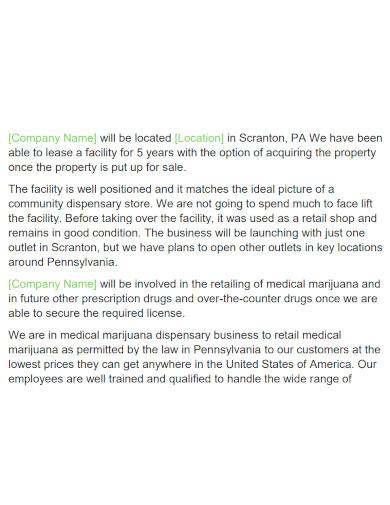A dispensary is a business or satellite establishment that operates almost the same as a pharmacy. It dispenses and provides larger institutions such as schools, hospitals, industrial plants, and other organizations with medicines, medical supplies, medical care, dental treatment and care, and in some places where it’s legal, cannabis or marijuana for medical purposes. Although not really a worldwide industry, dispensaries are still quite in demand especially in locations where people and organizations depend on it for their prescriptions and medications.
Unlike a pharmacy, they do not sell, only dispense, meaning that whatever is on the customer’s prescription from the doctor, that’ll be the only products or medicines they release. It’s quite a nuanced business with not that much competition in its small industry, but the sole fact that they are dealing with and dispensing medication, calls for a tool that ensures the business operation is smooth and not susceptible to errors and mismanagement.
Businesses are not simple and easy entities to manage, especially when your business deals with medications that directly affect the health and safety of your customers. You have to make sure that when dispensing meds and drugs, you do not make a mistake and your business operations are properly organized to mitigate the chances of making a mistake. This is why creating a proper layout for a comprehensive plan is very important for businesses of all shapes and sizes. A layout keeps everybody, especially managers and supervisors, on track for everything else that may be encountered during the overall operations of their business.
Having a plan for everything else ahead of time helps you prevent wasting valuable time and resources on ventures that may have been disastrous for your business. A good and comprehensive plan just brings the overall concept together really well. The scope of a business plan varies depending on what the plan covers. For instances like these where it inspects every aspect of a dispensary business, it is called a dispensary business plan. To properly get acquainted and be familiar with the document, check out these dispensary business plans samples that we have listed down below. After getting the gist of the document, you can then use these samples as a guide or even as a template for when you want to write your own business plan.
5+ Dispensary Business Plan Samples
1. Dispensary Business Plan Template
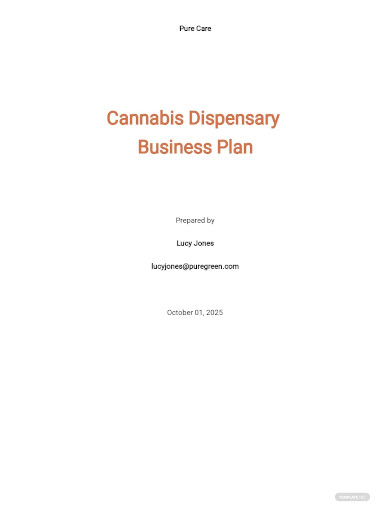
2. Formal Dispensary Business Plan
3. Ultimate Dispensary Business Plan
4. Dispensary Startup Business Plan
5. Editable Dispensary Business Plan
6. Dispensary Business Plan Format
What Is a Dispensary Business Plan?
A business plan is a written document that should outline how a business would define its objectives and what steps the management is willing to take to achieve its goals. A business plan lays out a roadmap for the whole company to follow derived from the perspectives of its different departments. Marketing, financial, and operational. Business plans are essential documents that is usually used to attract and investment or a constant stream of clients even before the company has made an impressive track record.
Although they are more useful for new and startup businesses, every company should be able to establish their own well written business plan. It enables them to review and periodically update to see if the goals that they have set have been achieved or if the operations in and around the business is just generally successful. A good business plan should be able to outline all the projected and estimated costs of a project and the pitfalls of each decision the management makes. Even among competitors in the same industry, it is still very rare for business plans to be identical in context and contents. This is because despite working with the same circumstances, each business or company has their own way of dealing with such issues.
Elements of a Dispensary Business Plan
The length and scope of a business plan varies greatly depending on the nature of the business and the coverage the plan covers. It is usual for all the information to fit into a 15 to 20 page document. And although no two businesses are alike, they do contain almost all of the same elements when written. These elements will be discussed in more detail below.
- Executive summary
The first section of a business plan should outline the company and all the information pertaining to the company’s mission-vision values, company leadership, employees, operations, and general location. The executive summary should essentially talk about what the company is, it’s nature of business, and all other necessary information. - Products and services
The next section is where the company should outline the products and services that the company or business may offer. It should include pricing, product lifespan, and other benefits the customer may receive. Other factors that can be included in this section are manufacturing and production processes, patents, and proprietary technology. - Market analysis
A company needs to have a crystal clear idea of its target audience and their respective demographics. It will be able to outline who or what the competition is and should give you a better idea on how to stay on top of the market. Describing the expected consumer demand for the product or service will also provide an insight into how difficult or easy it would be to take advantage of the market. - Marketing strategy
This section should describe how the company will attract the customer base and what it does to keep it. It should also talk about how it intends to reach the consumer by outlining a clear distribution channel including advertising campaign, marketing campaigns, and through what other mediums will these strategies be disseminated. - Financial planning
The company should be able to include its financial planning to attract the prospective readers of the business plan. Financial statements, balance sheets, and other financial information that can prove to be useful. - Budget
Every company needs to have a proper budget in place. It includes costs, staffing, manufacturing, development, marketing, and all the other expenses related to the business operations.
FAQs
What are the five elements of a business plan?
- Situation analysis
- Market
- Service or product position
- Objective setting
- Strategy
What is the difference between dispensary and pharmacy?
A dispensary is a place where something is dispensed, usually drugs or medications, while pharmacy is a place where medications and drugs are found as well, but sold.
What is a target market?
A target market refers to the small group of population of a certain demographic that has a similar need for a certain product or service.
The last thing to remember about writing and drafting a business plan is that it is not supposed to be a static document. It should remain ‘live’ meaning that it should remain susceptible to change and adapt overtime. Think of it as a living entity, changing and adapting as your business grows and evolves. Updating when the circumstances deem it so.
Related Posts
FREE 16+ Nonprofit Business Plan Samples
FREE 15+ SPA & Salon Business Plan Samples
FREE 13+ Sample Nonprofit Business Plans
FREE 12+ Charity Business Plan Samples
FREE 11+ Sample Film Business Plan Templates
FREE 10+ Art Gallery Business Plan Samples
FREE 10+ Preschool Business Plan Samples
FREE 9+ Immigration Business Plan Samples
FREE 21+ Business Plan Templates
FREE 11+ Lawn Care Business Plan Templates
FREE 10+ Sample Bar Business Plan Templates in MS Word PDF
FREE 10+ Rental Property Business Plan Templates
FREE 10+ Research Business Plan Samples
FREE 10+ Food Catering Business Plan Samples
FREE 8+ Distributor Business Plan Samples


